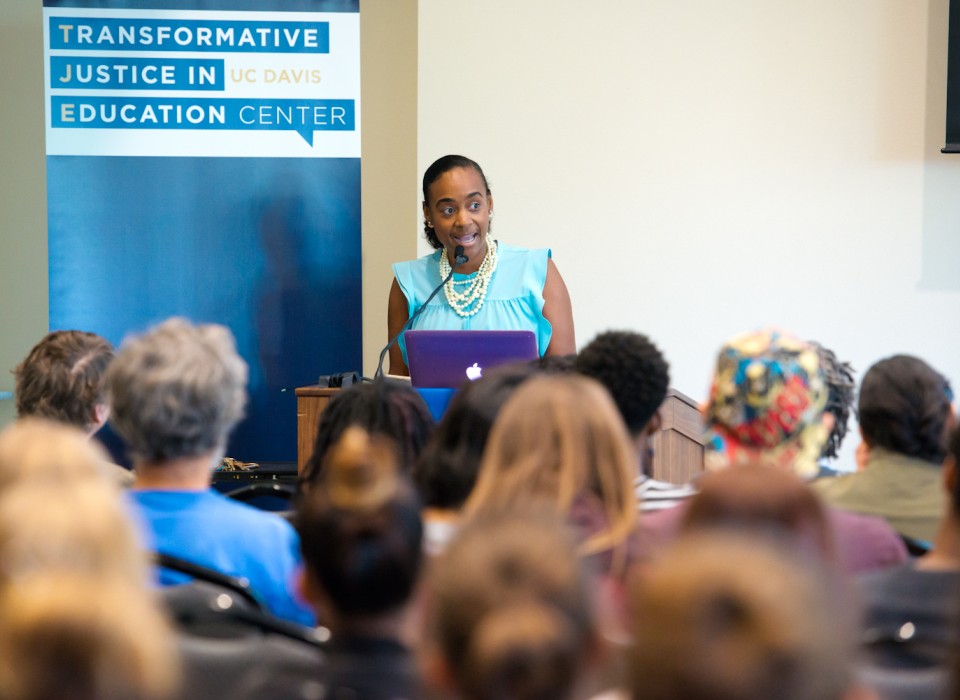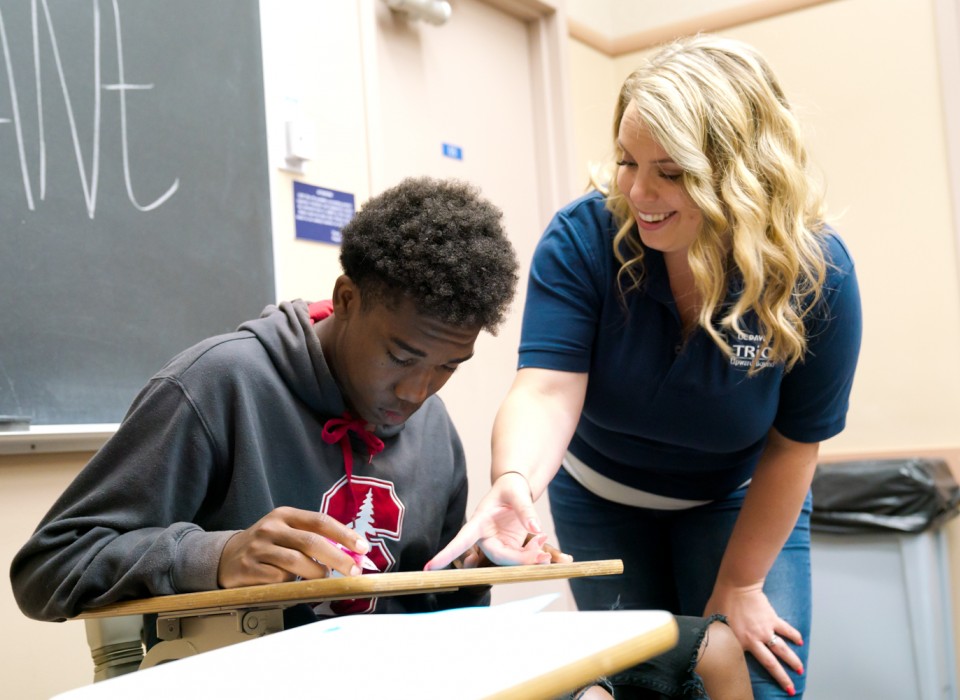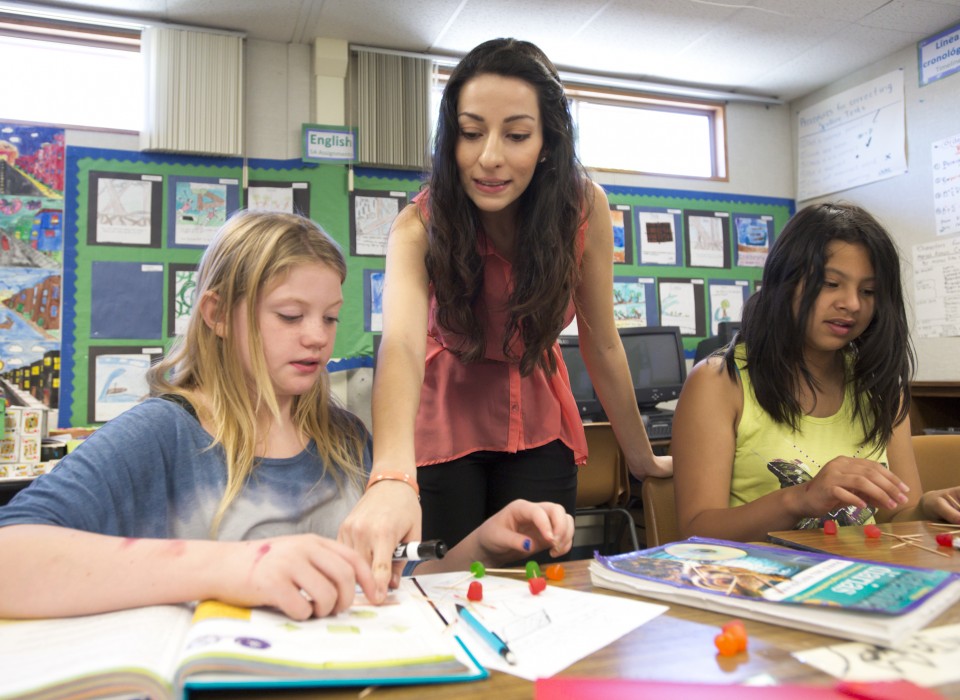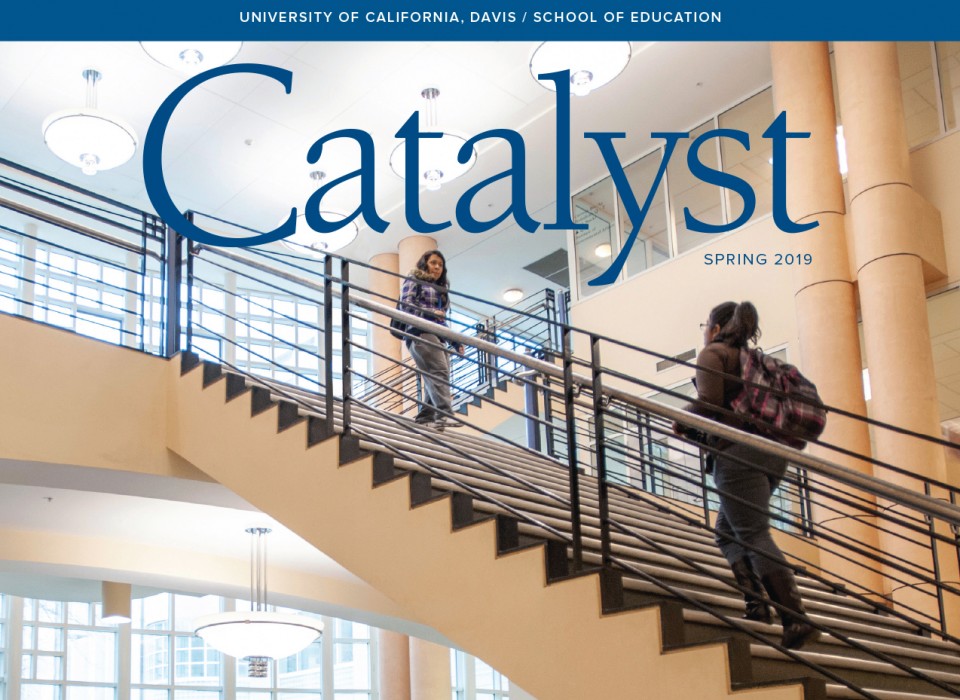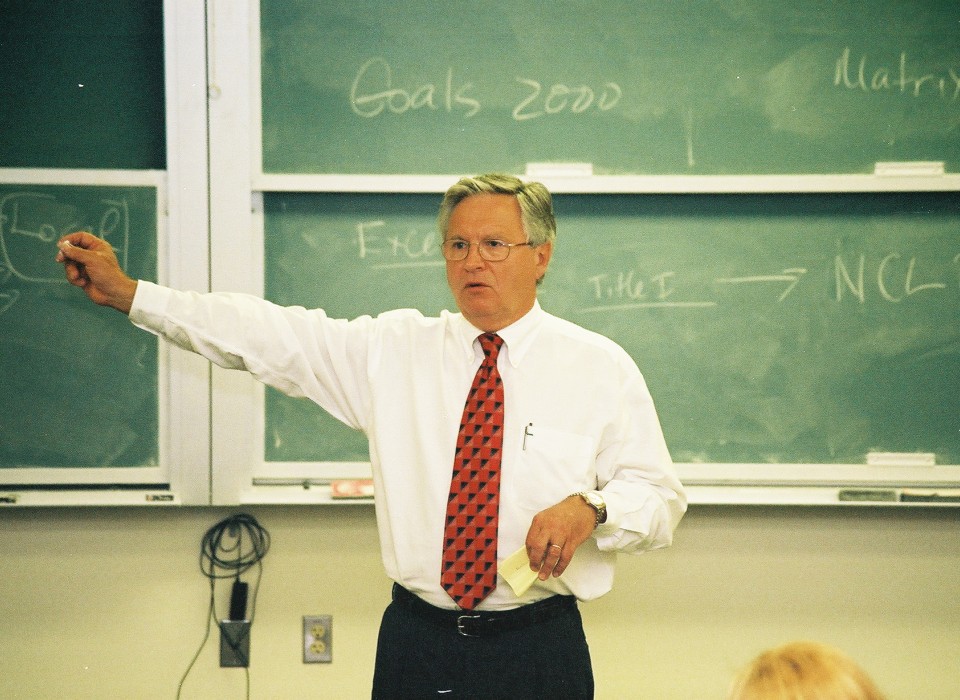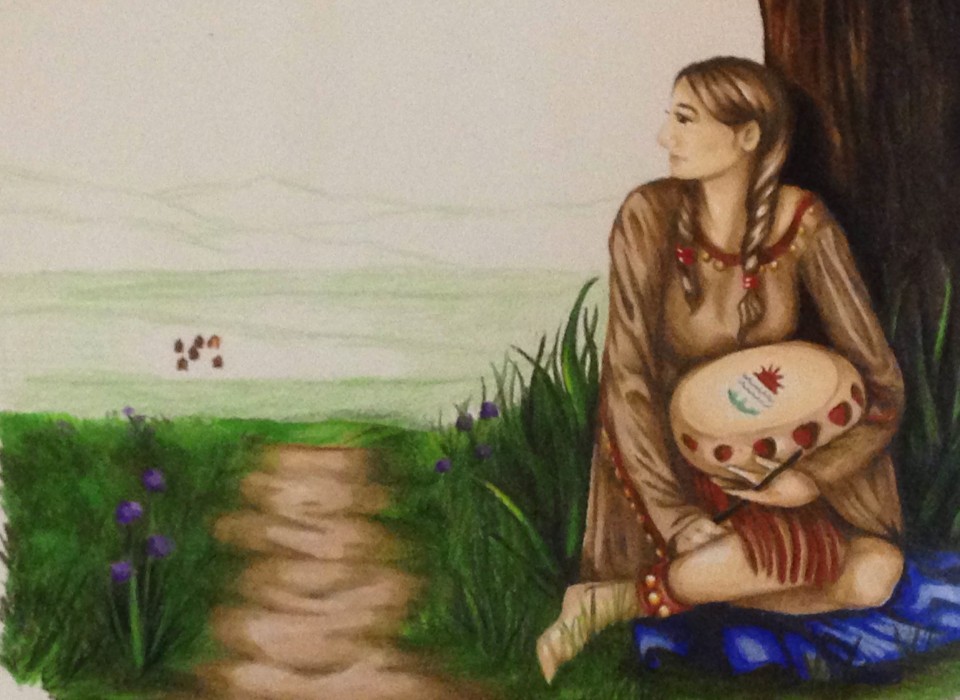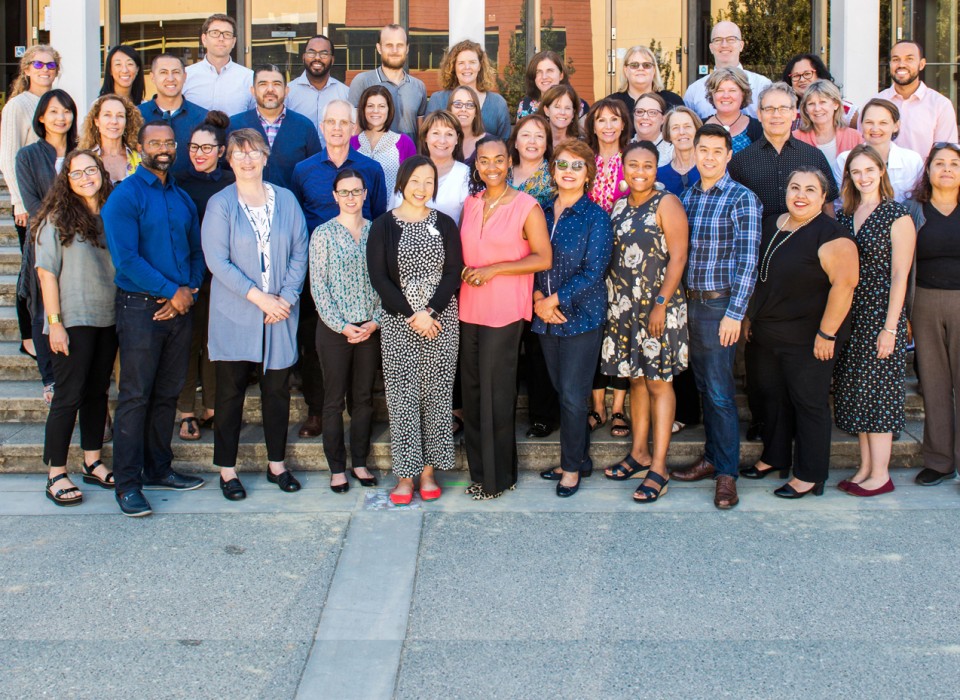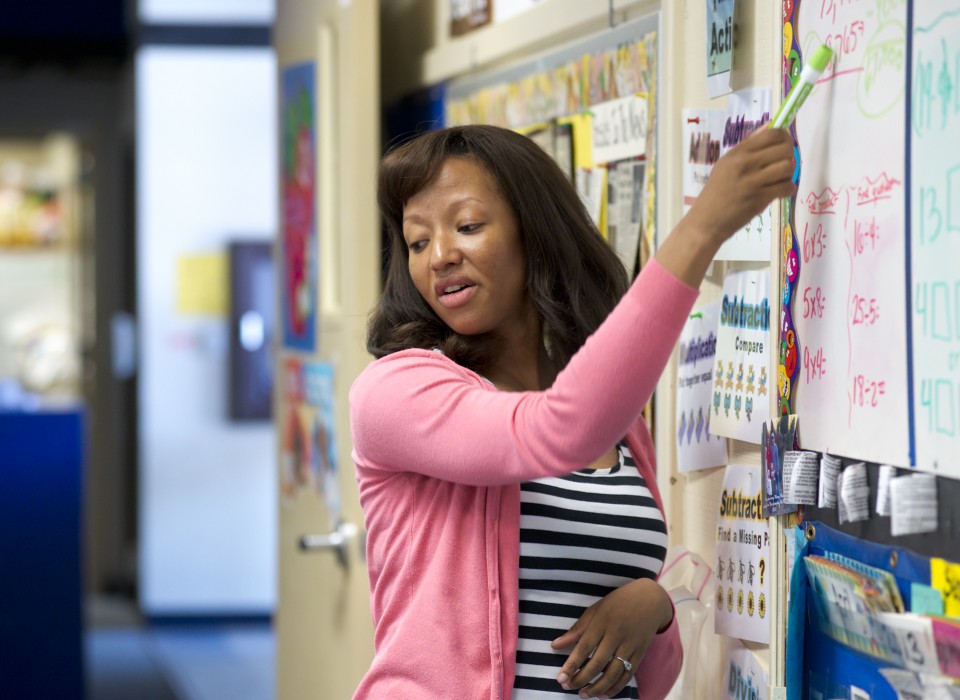Key Practices
What works in YCCS?
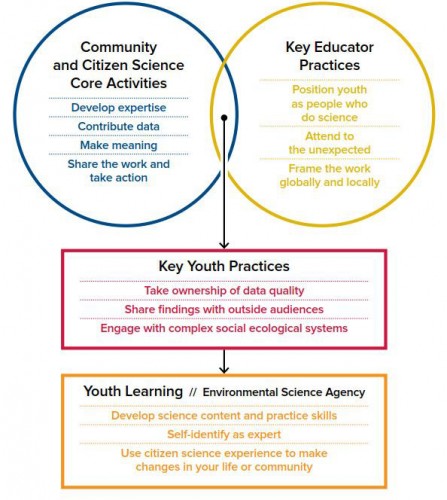 There are many strategies for getting youth
involved in community and citizen science in ways that promote
learning. Through in-depth case studies of diverse YCCS projects,
we have documented youth-centered practices that are effective in
promoting learning and environmental science agency—the ability
to use experiences in citizen science and environmental science
to make positive change in one’s life and community.
There are many strategies for getting youth
involved in community and citizen science in ways that promote
learning. Through in-depth case studies of diverse YCCS projects,
we have documented youth-centered practices that are effective in
promoting learning and environmental science agency—the ability
to use experiences in citizen science and environmental science
to make positive change in one’s life and community.
On this page you’ll find a video overview (see right-hand column), and further details about each key practice, and other resources to help you apply these ideas in your work. Check out our case studies to see examples of how these key practices have been implemented by educators.
Youth Key Practices
Youth Share Findings with Outside Audiences
![]() Sharing what you’ve learned is
fundamental to YCCS, yet the audiences and uses of data and
findings are often invisible to participants. Involving youth
directly in sharing findings with outside audiences is one way to
(1) further motivate, (2) help youth review and reflect on what
youth are learning, and (3) diversify the products, processes and
people involved in YCCS. With the case studies and resources,
read more about this key practice, why we think it is important
to learning in YCCS, and the different forms it can take—from
scientific posters, to blogs, to conversations with community
members. Learn
more.
Sharing what you’ve learned is
fundamental to YCCS, yet the audiences and uses of data and
findings are often invisible to participants. Involving youth
directly in sharing findings with outside audiences is one way to
(1) further motivate, (2) help youth review and reflect on what
youth are learning, and (3) diversify the products, processes and
people involved in YCCS. With the case studies and resources,
read more about this key practice, why we think it is important
to learning in YCCS, and the different forms it can take—from
scientific posters, to blogs, to conversations with community
members. Learn
more.
Youth Take Ownership of Data Quality
![]() Youth ownership of data quality is
the practice of giving young people responsibility for high
quality CCS data collection and analysis. As young people gain
expertise through practice, they can then be positioned to
regulate data collection and analyses for themselves and their
peers. We found that creating opportunities for students to be
responsible for data collection and analysis helped them
understand data and the role of data in scientific endeavors, and
develop a sense of ownership around their work in YCCS. Learn more.
Youth ownership of data quality is
the practice of giving young people responsibility for high
quality CCS data collection and analysis. As young people gain
expertise through practice, they can then be positioned to
regulate data collection and analyses for themselves and their
peers. We found that creating opportunities for students to be
responsible for data collection and analysis helped them
understand data and the role of data in scientific endeavors, and
develop a sense of ownership around their work in YCCS. Learn more.
Youth Engage with Complex Social Ecological Systems
![]() Instead of studying nature alone on
a pedestal, treating humans, plants, and animals as one social
ecological system (SES) can be valuable for meaningful learning
about environmental stewardship and science. Our research shows
that using YCCS as a way to engage young people in thinking about
complex interactions between human and nature can promote
sophisticated reasoning, access to student’s funds of knowledge,
and connection to place. In the case studies below, read more
about how educators encourage young people to grapple with the
world around them. Learn more.
Instead of studying nature alone on
a pedestal, treating humans, plants, and animals as one social
ecological system (SES) can be valuable for meaningful learning
about environmental stewardship and science. Our research shows
that using YCCS as a way to engage young people in thinking about
complex interactions between human and nature can promote
sophisticated reasoning, access to student’s funds of knowledge,
and connection to place. In the case studies below, read more
about how educators encourage young people to grapple with the
world around them. Learn more.
Educator Key Practices
Our research has also identified key practices for educators to use in fostering environmental science agency, and supporting the youth key practices described above. The three educator key practices are: position students as scientists, frame the work in local and global contexts, and prepare for unexpected results. Learn more.
Position Youth as People Who Do Science
![]() Positioning youth as people who do
science requires helping youth take on meaningful roles during
the CSS investigation by engaging them in the discussions,
deliberations, and reasoning processes of science. Youth develop
a connection to science when they view their work as purposeful,
and educators can encourage this attitude. For example, educators
can ask students to evaluate their work in a way that starts a
conversation and encourages youth to view themselves as working
alongside scientists.
Positioning youth as people who do
science requires helping youth take on meaningful roles during
the CSS investigation by engaging them in the discussions,
deliberations, and reasoning processes of science. Youth develop
a connection to science when they view their work as purposeful,
and educators can encourage this attitude. For example, educators
can ask students to evaluate their work in a way that starts a
conversation and encourages youth to view themselves as working
alongside scientists.
Frame the Work Globally and Locally
![]() Frame the work simultaneously as
part of the broader global scientific endeavors as well as
locally relevant issues around the community. Doing so will allow
students to connect to the work in a variety of ways. While
students who already enjoy science often appreciate learning
about global connections, other students may benefit from seeing
that their work has a local application. Framing work
globally and locally allows students to draw on their lived
experiences and existing connections to places.
Frame the work simultaneously as
part of the broader global scientific endeavors as well as
locally relevant issues around the community. Doing so will allow
students to connect to the work in a variety of ways. While
students who already enjoy science often appreciate learning
about global connections, other students may benefit from seeing
that their work has a local application. Framing work
globally and locally allows students to draw on their lived
experiences and existing connections to places.
Attend to the Unexpected
![]() Pay attention to interesting
surprises that come from the natural world or youth and
incorporate them into instruction. Adopting a “co-learner”
strategy allows educators to capitalize on rich teachable
moments. Educators can use these experiences to work alongside
students as they find new understanding together
Pay attention to interesting
surprises that come from the natural world or youth and
incorporate them into instruction. Adopting a “co-learner”
strategy allows educators to capitalize on rich teachable
moments. Educators can use these experiences to work alongside
students as they find new understanding together
YCCS Products
An important dimension of YCCS is that the work young people do has a purpose—a “product” that has an audience and impact beyond the classroom walls. Scientific data, findings, restoration work, management recommendations, scientific posters, and more; the products YCCS vary greatly. Learn more here about some of the products, audiences and impacts of projects we’ve studied.

